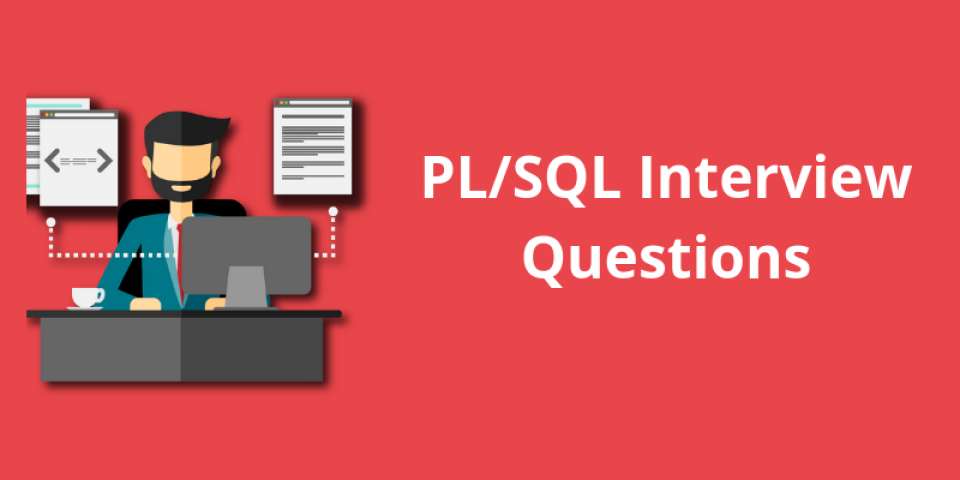In the ever-expanding landscape of data processing and management, selecting the right tool is crucial for efficient operations. Two prominent contenders in this arena are Apache NiFi vs. Apache Spark. While both offer impressive capabilities, they cater to different aspects of data handling. In this blog post, we will conduct an in-depth comparison of Apache NiFi and Apache Spark, exploring their strengths, ideal use cases, and when to make the best choice.
Apache NiFi: Streamlining Data Integration and Flow Management
Apache NiFi is an open-source data integration tool that excels in simplifying the flow of data between various systems. Its primary goal is to automate data movement, making it a top choice for tasks such as data ingestion, transformation, and routing.
Key Features of Apache NiFi:
- Data Flow Visualization: NiFi provides an intuitive, user-friendly graphical interface for designing data flows. This visual representation simplifies the understanding and management of intricate data pipelines.
- Extensible Ecosystem: NiFi boasts a wide array of processors and extensions, enabling seamless connections to diverse data sources and destinations, including databases, IoT devices, and cloud services.
- Data Provenance and Lineage: The tool offers a comprehensive tracking mechanism for data lineage and provenance, making it an invaluable asset for compliance, auditing, and debugging.
- Security: NiFi prioritizes security with robust features such as SSL/TLS encryption and role-based access control, ensuring data protection.
Ideal Use Cases for Apache NiFi:
- Data Ingestion: Apache NiFi shines when it comes to collecting data from a myriad of sources, including log files, sensors, APIs, and databases.
- Data Transformation: You can leverage NiFi to clean, enrich, or format data before it reaches its intended destination.
- Real-time Data Processing: NiFi is adept at handling real-time data streaming, and it seamlessly integrates with tools like Apache Kafka for building event-driven architectures.
Apache Spark: The General-Purpose Data Processing Powerhouse
On the other hand, Apache Spark is a versatile open-source framework engineered for extensive data processing and analytics. It offers support for batch processing, interactive queries, streaming, and machine learning, making it an all-encompassing platform.
Key Features of Apache Spark:
- Distributed Computing: Spark’s distributed architecture facilitates the efficient processing of large datasets across clusters of machines.
- In-Memory Processing: It stands out by storing intermediate data in memory, accelerating processing speeds compared to traditional disk-based systems.
- Versatility: Apache Spark supports multiple programming languages, including Scala, Java, Python, and R, making it accessible to a wide range of developers.
- Advanced Analytics: Spark’s library arsenal includes tools for machine learning (MLlib), graph processing (GraphX), and SQL-based queries (Spark SQL).
Ideal Use Cases for Apache Spark:
- Big Data Analytics: Apache Spark is the go-to choice for conducting complex analytics on large datasets, catering to data scientists and analysts.
- Batch Processing: It efficiently handles the processing and transformation of substantial data volumes in batch mode.
- Machine Learning: Spark’s MLlib library positions it as a potent platform for creating and deploying machine learning models at scale.
Apache NiFi vs. Apache Spark: A Detailed Comparison
Let’s summarize the differences between Apache NiFi and Apache Spark in a convenient table:
| Feature | Apache NiFi | Apache Spark |
|---|---|---|
| Use Case Focus | Data integration and flow management | General-purpose data processing |
| Ease of Use | Graphical user interface for data flows | Requires programming skills |
| Real-time Processing | Ideal for real-time data ingestion and routing | Supports real-time processing, but not the primary focus |
| Data Transformation | Provides basic data transformation capabilities | Offers advanced data processing and analytics |
| Processing Speed | Suited for low-latency data movement | High-speed processing, especially for large-scale data analytics |
| Supported Languages | Supports scripting for custom processing logic | Supports Scala, Java, Python, and R |
| Learning Curve | Quick to learn for data integration tasks | Steeper learning curve for advanced analytics and development |
| Ecosystem | Extensible with various processors | Rich ecosystem with libraries and integrations |
| Security | Strong security features with encryption and access control | Security features are available but may require additional configuration |
Frequently Asked Questions (FAQs) on Apache NiFi and Apache Spark
1. Can I use Apache NiFi and Apache Spark together in a data pipeline?
Yes, it’s possible and often beneficial to integrate Apache NiFi and Apache Spark in your data pipeline. NiFi can handle data ingestion, transformation, and routing, while Spark can be employed for more advanced data processing and analytics.
2. Which tool is better suited for real-time data processing?
Both Apache NiFi and Apache Spark are capable of real-time data processing, but NiFi is designed with real-time data movement and routing as its primary focus. However, Spark’s streaming capabilities are also robust for real-time use cases.
3. Are there commercial versions or support options available for NiFi and Spark?
Yes, commercial versions and support options are available for both Apache NiFi and Apache Spark. Companies such as Cloudera, Databricks, and Hortonworks offer commercial distributions and support packages.
4. What are some alternatives to Apache NiFi and Apache Spark?
For data integration, alternative tools include Apache Kafka, StreamSets, and Talend. When considering data processing, alternatives to Spark include Apache Flink and Hadoop MapReduce.
Conclusion
To sum it up, Apache NiFi and Apache Spark are formidable tools, each excelling in different facets of data processing and analytics. Apache NiFi is a superb choice for data integration, flow management, and real-time data ingestion, while Apache Spark thrives in more complex data processing, analytics, and machine learning endeavors. Your choice between the two should be driven by your specific use case and your data pipeline’s stage. In scenarios that require the best of both worlds, consider integrating both to harness their combined strengths.










